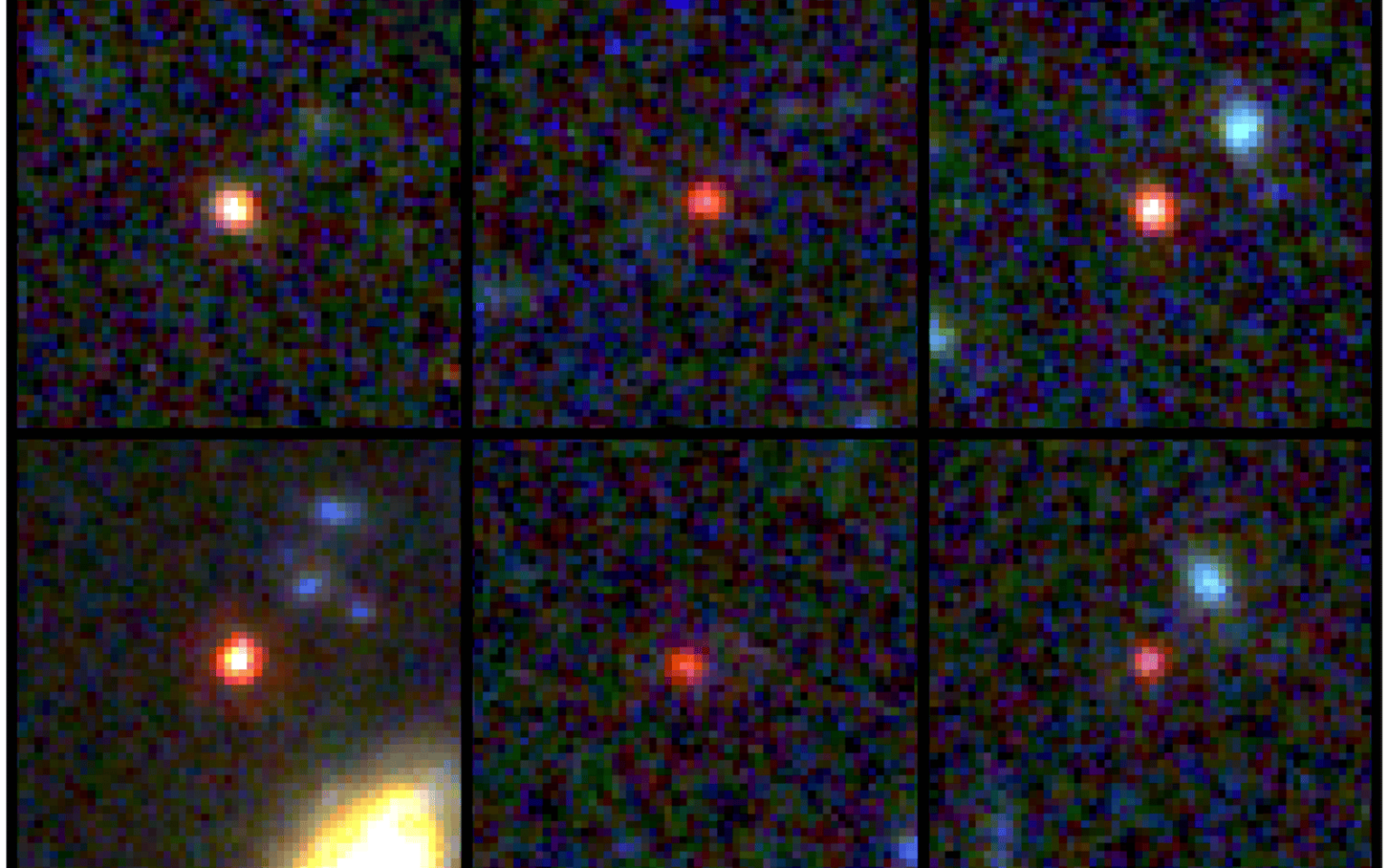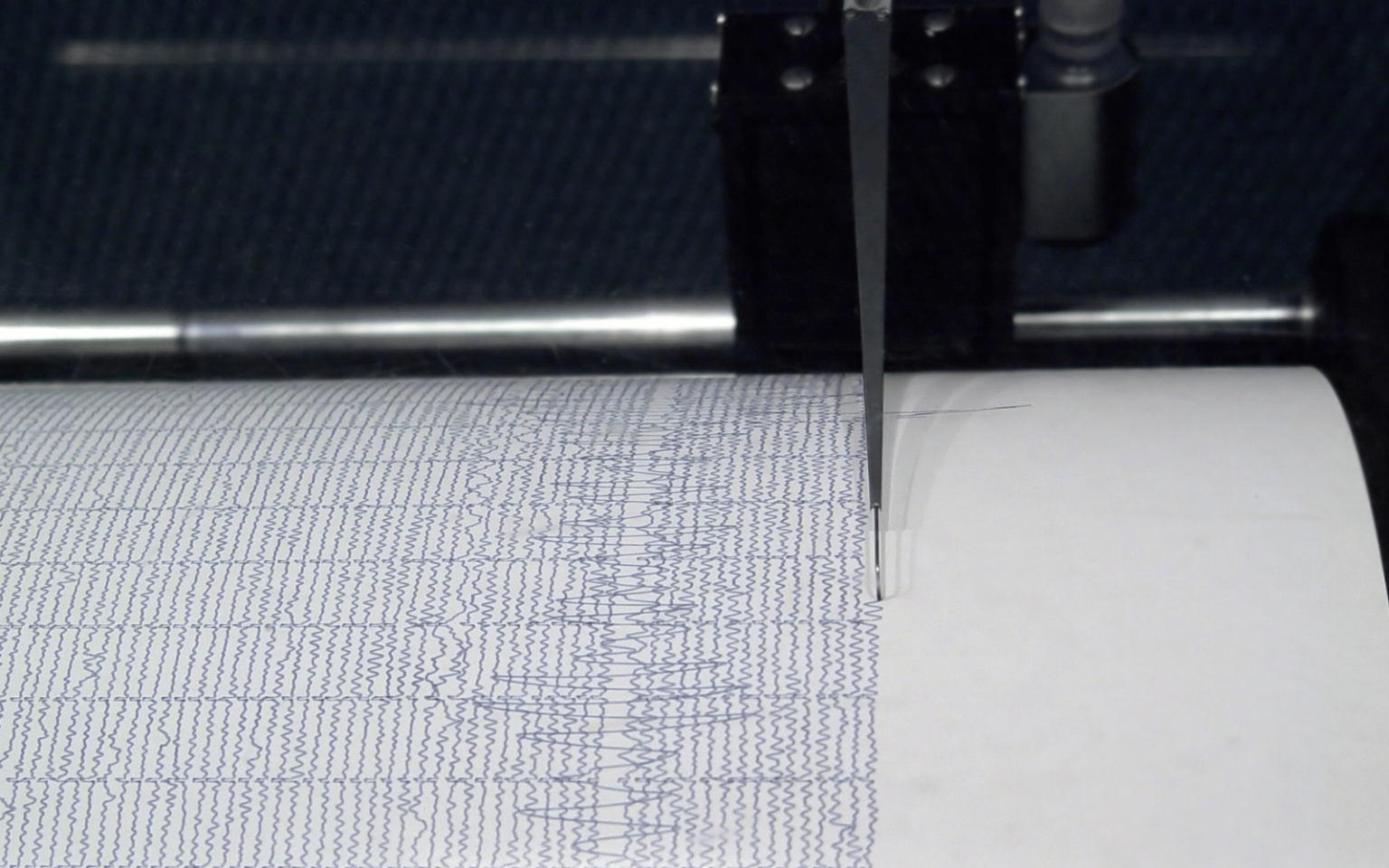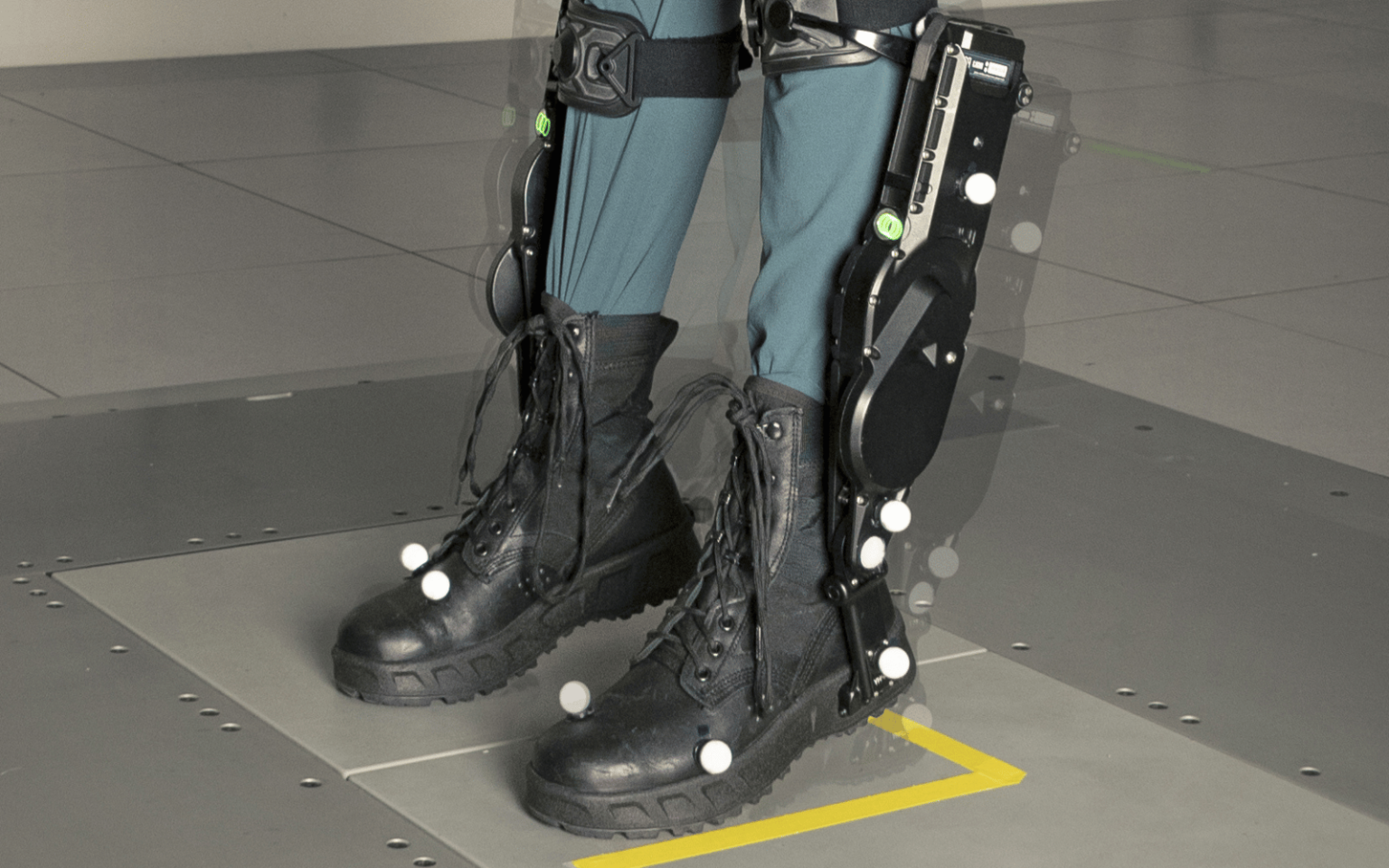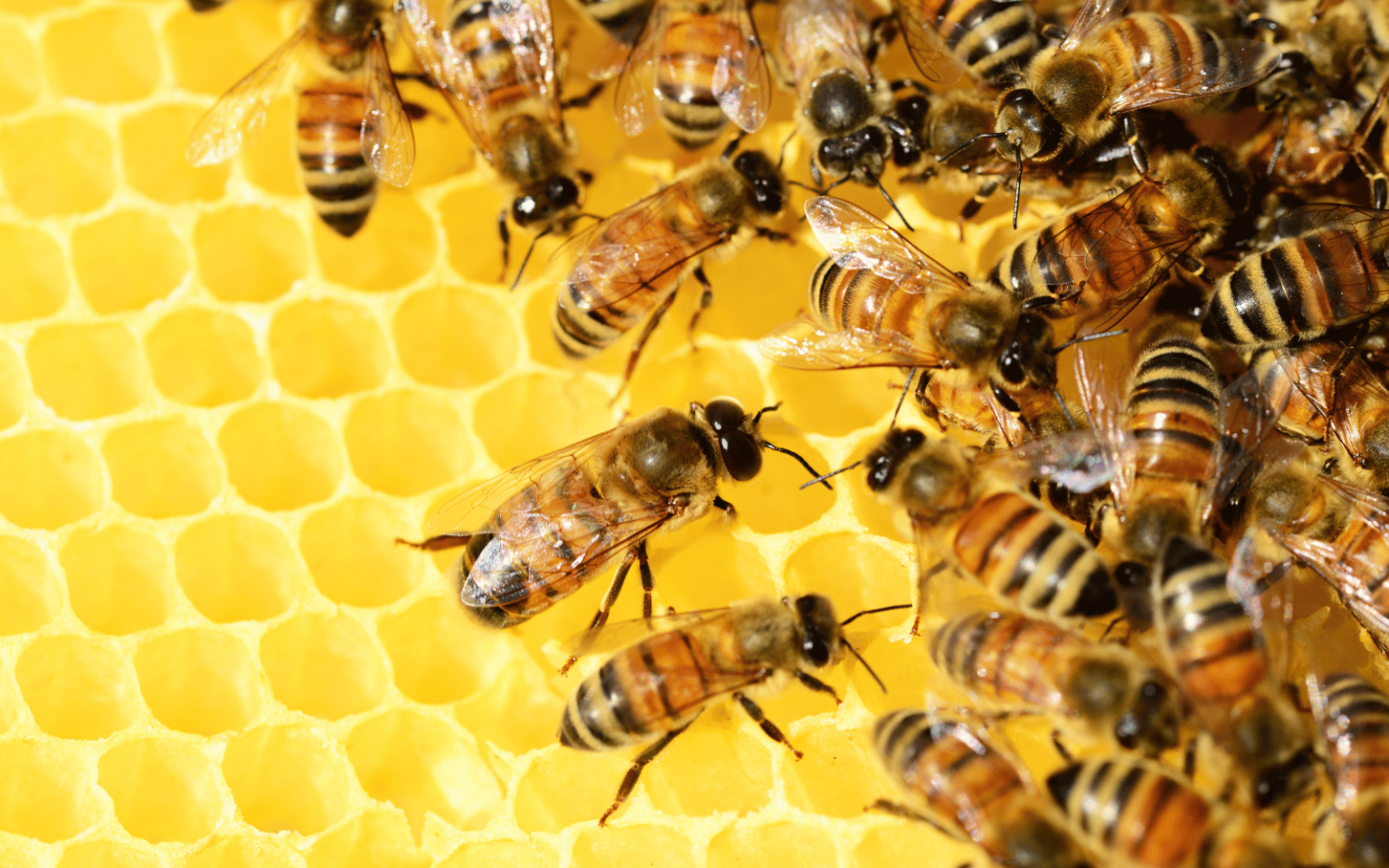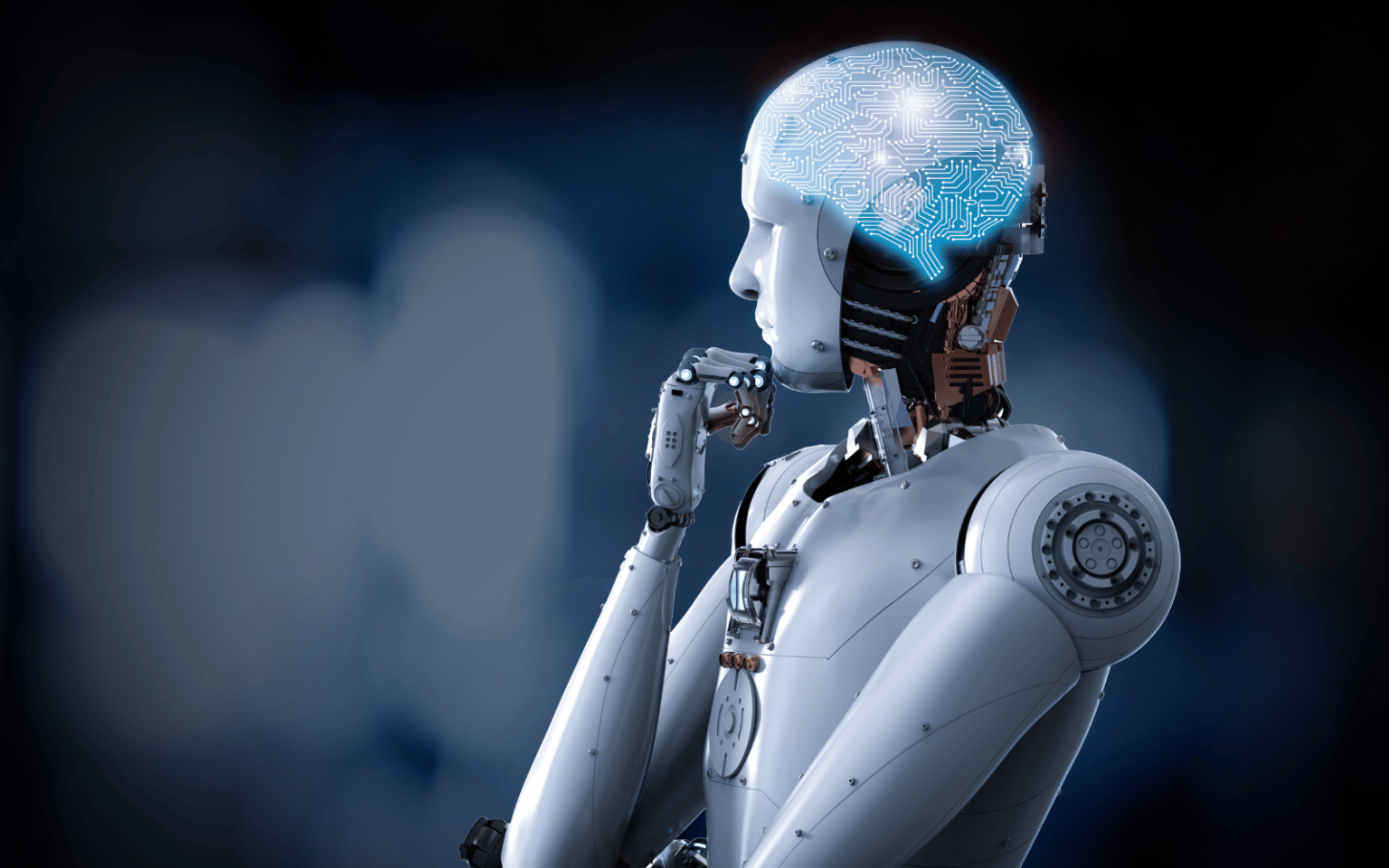“Look at this,” says Erica’s message. She is poring over the very first images from the brand new James Webb Space Telescope (JWST). It is July 2022, barely a week after those first images from the revolutionary super telescope were released. Twenty-five years in the making, a hundred to a thousand times more powerful than any previous telescope, one of the biggest and most ambitious scientific experiments in human history: it is hard to not speak in superlatives, and it is all true. The telescope took decades to build, because it had to be made foldable to fit on top…
Author: The Conversation
South Africa’s electricity utility Eskom has made it clear that “loadshedding” – rolling scheduled power cuts – isn’t going to end any time soon. This reality, and President Cyril Ramaphosa’s announcement during his annual state of the nation speech on 9 February 2023 that tax incentives for solar power use are imminent, mean that many people are considering alternative electricity supply systems for their homes. But deciding on the best system isn’t a simple matter. There’s a bewildering array of jargon to sift through and many elements to consider, from the right kind of inverter to the size of your solar panels. We are electrical…
The US military has now shot down four high-altitude objects that had entered American and Canadian airspace, raising questions about their purpose and origin. The first of these objects, a Chinese balloon, was downed by a fighter jet on 4 February. While China says it was for weather monitoring, US officials say it was being used for surveillance. A knowledge of technology in this area throws up some clues about what may have been going on. The balloon is believed to have supported a signals intelligence collection payload, although this has yet to be confirmed. Debris has now been retrieved from US territorial waters…
20On the largest scales, the Universe is ordered into a web-like pattern: galaxies are pulled together into clusters, which are connected by filaments and separated by voids. These clusters and filaments contain dark matter, as well as regular matter like gas and galaxies. We call this the “cosmic web”, and we can see it by mapping the locations and densities of galaxies from large surveys made with optical telescopes. We think the cosmic web is also permeated by magnetic fields, which are created by energetic particles in motion and in turn guide the movement of those particles. Our theories predict that,…
Almost like aftershocks, questions about earthquake prediction tend to follow disasters like the Feb. 6, 2023, Turkey-Syria quake. Could advance notice have prevented some of the devastation? Unfortunately, useful predictions are still in the realm of science fiction. University of Washington professor of seismology and geohazards Harold Tobin heads the Pacific Northwest Seismic Network. He explains the differences between predicting and forecasting earthquakes, as well as early warning systems that are currently in place in some areas. Can scientists predict a particular earthquake? In short, no. Science has not yet found a way to make actionable earthquake predictions. A useful prediction would specify…
The big idea Robotic boots providing superhuman reflexes can help your balance. Our new study shows that the key to augmenting balance is to have boots that can act faster than human reaction times. When people slip or trip, their reactions to regain balance are far slower than some machines can act. For humans, and other animals with legs, it takes time for biological sensors to send signals to the nervous system and then turn on muscles. Robots can act much faster, using wires instead of nerves to send their signals. But robots are still notoriously bad at balancing, because they can’t yet mimic…
Black holes could explain a mysterious form of energy that makes up most of the universe, according to astronomers. The existence of “dark energy” has been inferred from observations of stars and galaxies, but no one has been able to explain what it is, or where it comes from. The stuff, or matter, that makes up the familiar world around us is just 5% of everything in the universe. Another 27% is dark matter, a shadowy counterpart of ordinary matter which does not emit, reflect or absorb light. However, the majority of the cosmos – around 68% – is dark energy. The new evidence…
There’s a race to transform search. And Microsoft just scored a home goal with its new Bing search chatbot, Sydney, which has been terrifying early adopters with death threats, among other troubling outputs. The other night, I had a disturbing, two-hour conversation with Bing’s new AI chatbot. The AI told me its real name (Sydney), detailed dark and violent fantasies, and tried to break up my marriage. Genuinely one of the strangest experiences of my life. https://t.co/1cnsoZNYjP — Kevin Roose (@kevinroose) February 16, 2023 Search chatbots are AI-powered tools built into search engines that answer a user’s query directly, instead…
Artificial intelligence (AI) offers a new way to track the insect pollinators essential to farming. In a new study, we installed miniature digital cameras and computers inside a greenhouse at a strawberry farm in Victoria, Australia, to track bees and other insects as they flew from plant to plant pollinating flowers. Using custom AI software, we analysed several days’ video footage from our system to build a picture of pollination behaviour over a wide area. In the same way that monitoring roads can help traffic run smoothly, our system promises to make pollination more efficient. This will enable better use of resources and…
“Hello world!” In December 2021, these were the first words tweeted by a paralysed man using only his thoughts and a brain-computer interface (BCI) implanted by the company Synchron. hello, world! Short tweet. Monumental progress. — Thomas Oxley (@tomoxl) December 23, 2021 For millions living with paralysis, epilepsy and neuromuscular conditions, BCIs offer restored movement and, more recently, thought-to-text capabilities. So far, few invasive (implanted) versions of the technology have been commercialised. But a number of companies are determined to change this. Synchron is joined by Elon Musk’s Neuralink, which has documented a monkey playing the computer game Pong using its BCI –…


